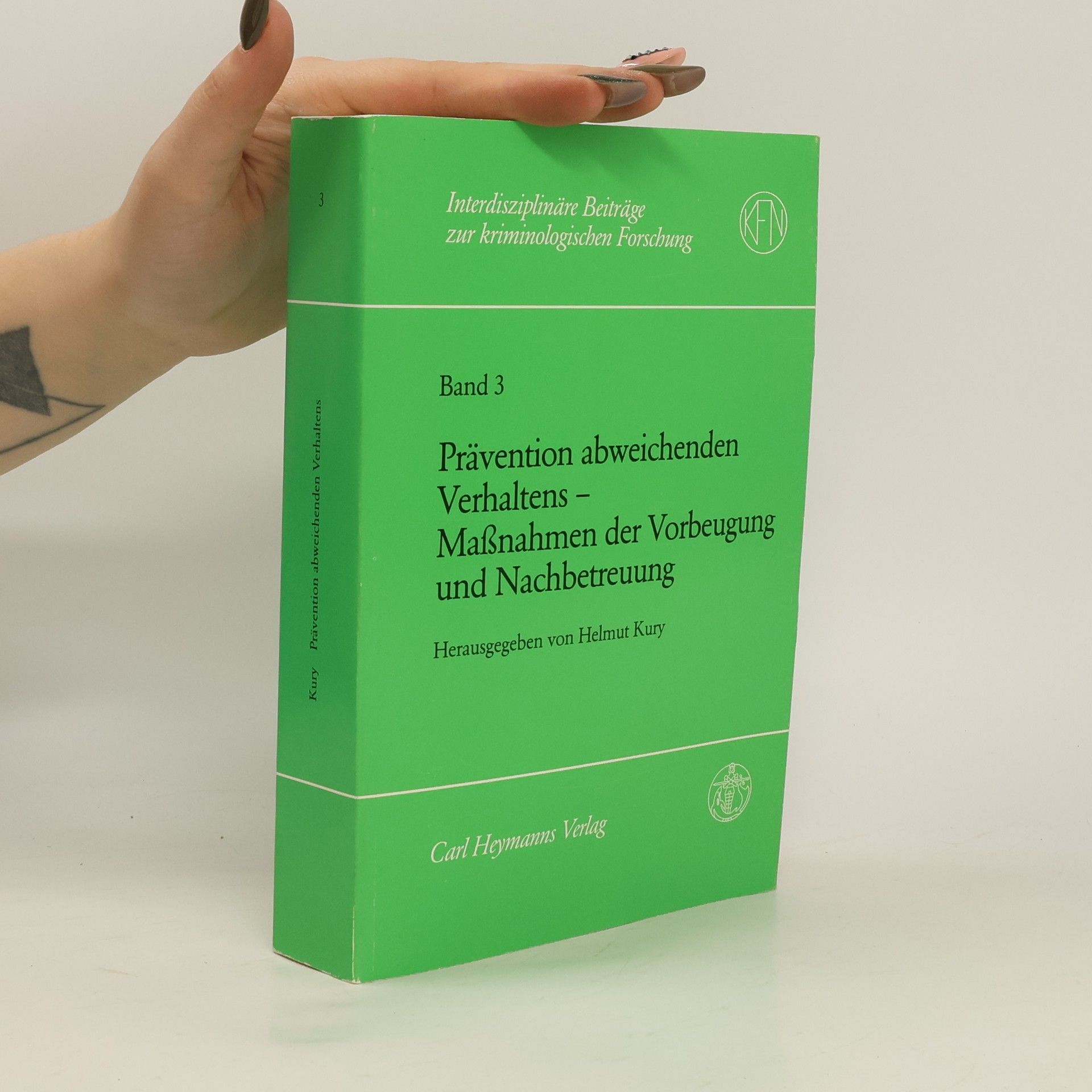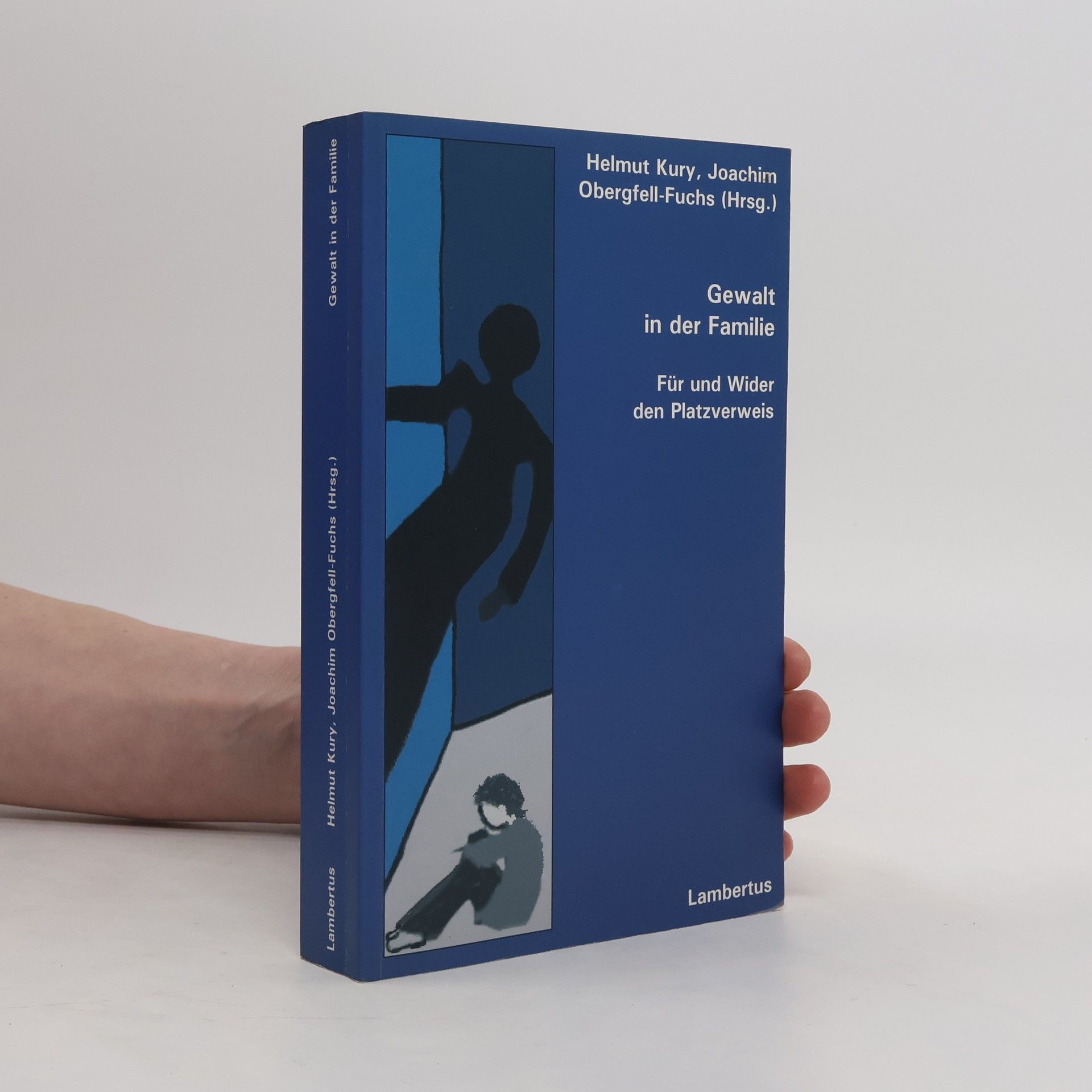Thomas’ Mörder kam, als die Eltern auf einem Bowlingabend waren. Er stieg in das Haus ein und erstach den ahnungslosen 10-Jährigen in seinem Bett. Ohne Anlass, der Junge war ein zufälliges Opfer. Kann so jemand, nach Verbüßung einer mehrjährigen Haft, wieder freigelassen werden, oder müssen wir damit rechnen, dass er wieder mordet? Das muss Professor Kury entscheiden, der in diesem wie in vielen anderen dramatischen Fällen als Gutachter auftritt. Ob der Terrorist Christian Klar, ob Sexual- oder Gewaltverbrecher: Kury muss herauszufinden versuchen, was diese Menschen zu ihren Taten bewegt. Sind es Menschen, die durch eine einzelne Begebenheit aus der Bahn geworfen wurden, oder gingen sie gezielt und planvoll vor oder aber handelten sie ohne jeden erkennbaren Anlass? Und was bedeutet das für die Wiederholungsgefahr? Kury schildert präzise und farbig die Fälle und wie er sie eingeschätzt hat. Und er stellt Fragen, die alle Bürger bewegen müssen: Sind Strafen sinnvoll? Welche Strafen? Und wer schützt Menschen, die in die Mühlen der Psychiatrie gerieten, davor, dass sie für immer weggesperrt werden? Aber auch: Wer bewahrt uns vor falschen Gutachten und deren – möglicherweise – tödlichen Folgen?
Helmut Kury Books



Die Forschungsergebnisse zum Thema „Gewalt in der Familie“ leiteten ein Umdenken hinsichtlich des Täter-Opfer-Bildes ein: Frauen werden nicht mehr nur in der Opferrolle gesehen, Männer nicht nur in derjenigen des Täters. So spiegelt auch der zunehmend häufiger verwendete Begriff „Familiäre beziehungsweise Häusliche Gewalt“ die Wechselseitigkeit gewalttätiger Beziehungen wider. Gewalt in der Familie verursacht nicht nur viel Leid für die Betroffenen, sondern auch der Gesellschaft erhebliche Kosten. Bisher praktizierte „Lösungen“ wurden weiterentwickelt, neue Vorgehensweisen werden erprobt. Zu Letzteren gehört der „Platzverweis“, mit dem in den USA, aber auch in europäischen Ländern und inzwischen auch in Deutschland, gute Erfahrungen gemacht werden. Der Band enthält internationale Beiträge zur Gewalt in der Familie und vor allem zum Platzverweis. Erfahrungen aus verschiedenen Ländern werden berichtet, Vor- und Nachteile sowie Probleme dieser Form des polizeilichen Einschreitens bei familiären Gewalttaten werden kritisch diskutiert.